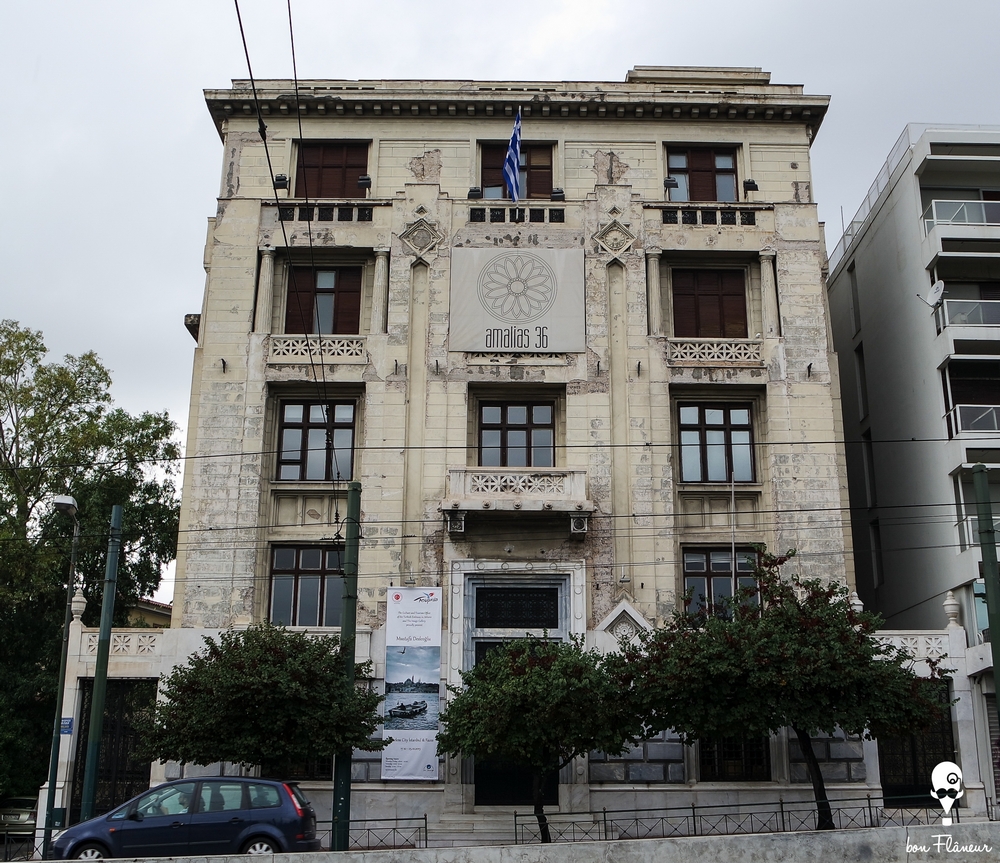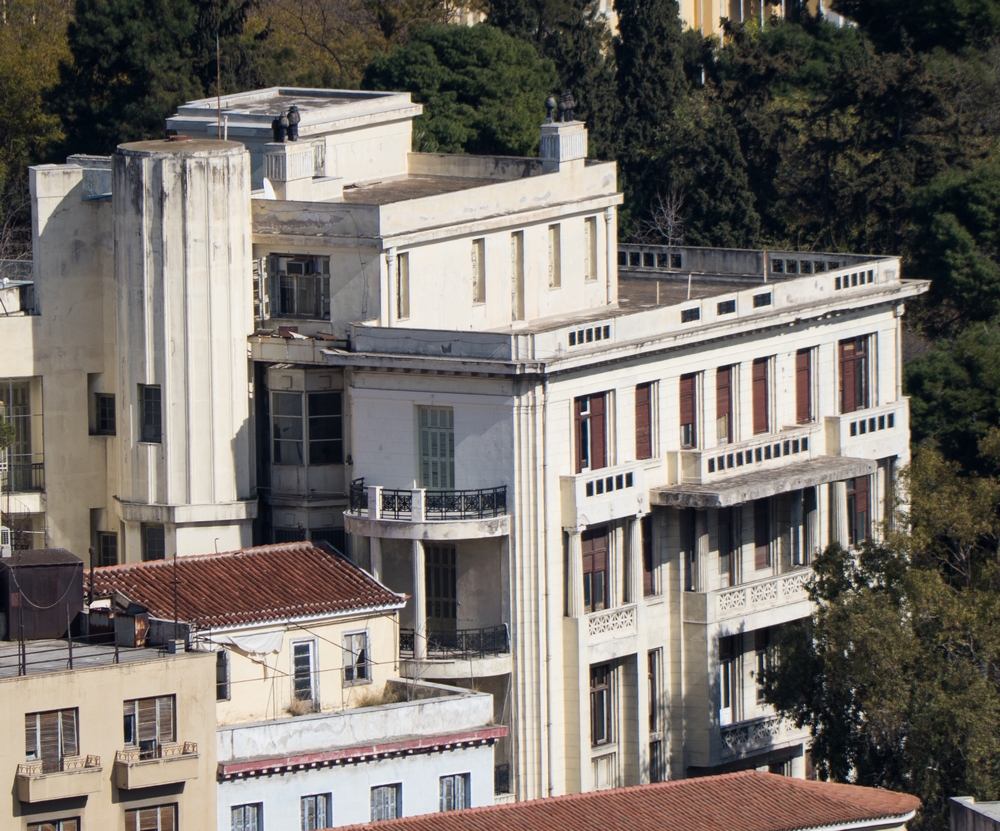Lykiardopoulos Mansion
Lykiardopoulos Mansion is a building of modernized eclecticism, with French Ecole des Beaux-Arts and Art Deco elements.
Location
Timeline
Modern and Contemporary era (1821 - )
1926 Beginning of construction.
1933 Completion.
2008 Restoration began by Nikolaos Lykiardopoulos’ grandson.
2009 Restoration completed.






Share